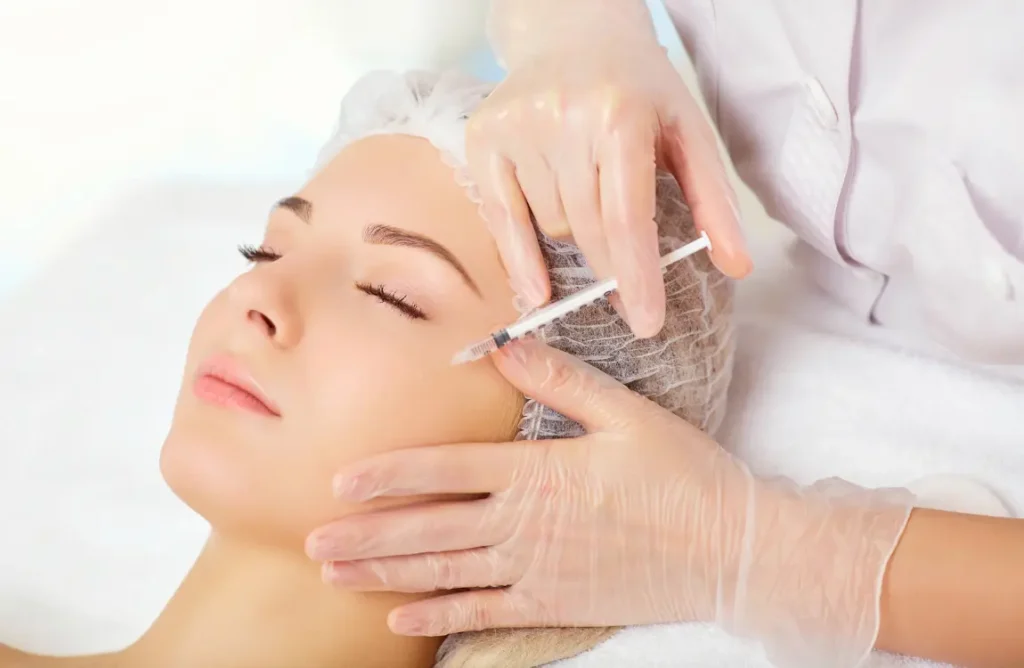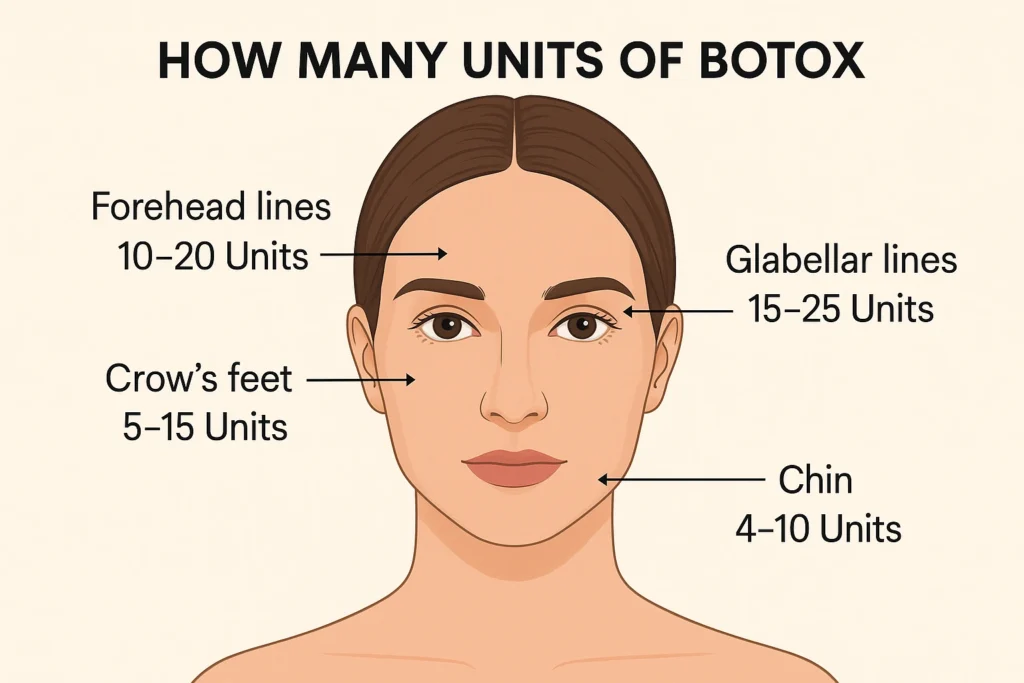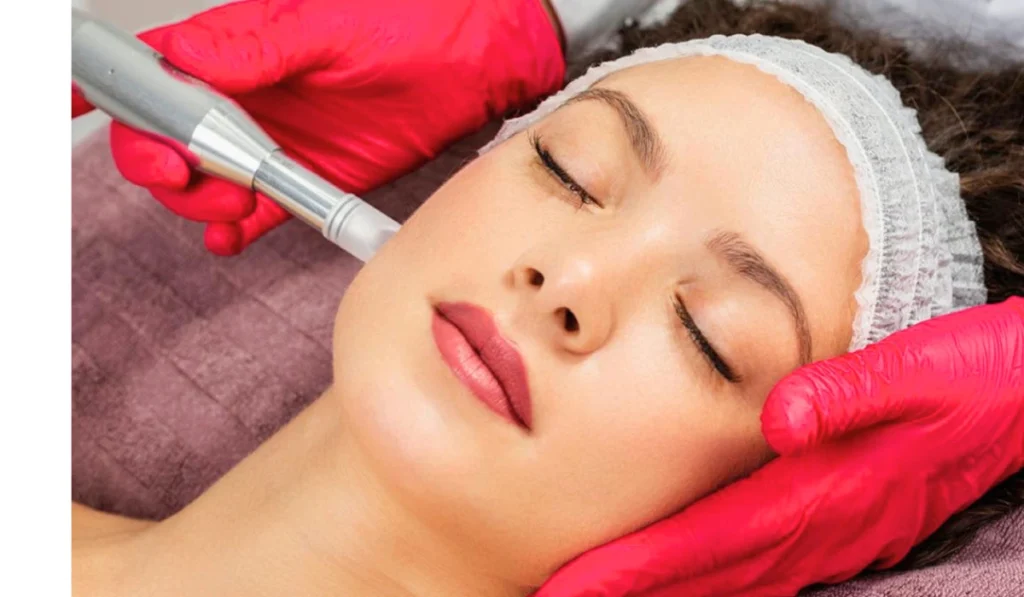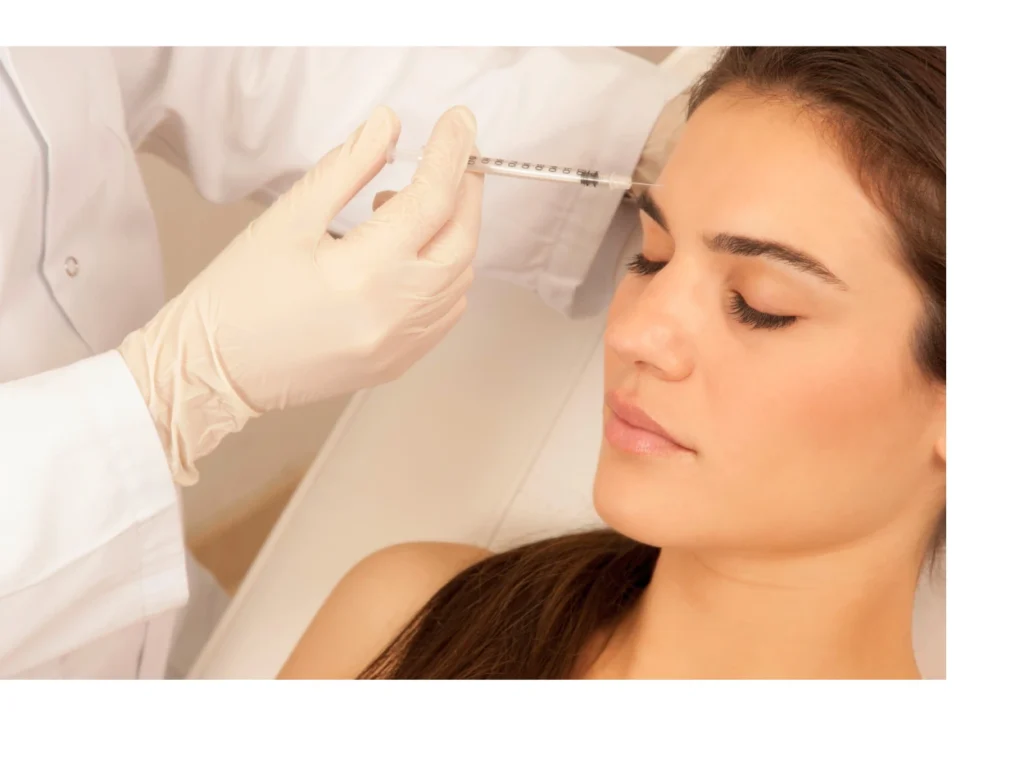Yes, Botox can be used to treat tics. It helps reduce muscle movements.
Tics are sudden, repetitive movements or sounds. They can be challenging to manage. Botox, a well-known cosmetic treatment, has medical uses too. It can relax muscles and reduce the severity of tics. This treatment offers hope for those struggling with tics.
Understanding how Botox works can help you decide if it’s right for you. In this blog, we will explore the benefits and considerations of using Botox for tics. Discover how it can improve the quality of life for individuals with tics. Join us as we delve into this potential treatment option.

Introduction To Botox And Tics
Tics are sudden, repetitive movements or sounds. They can be challenging and disruptive. Botox, originally used for cosmetic purposes, now has medical applications. One such application is treating tics. But how does it work?
What Is Botox?
Botox is a drug made from a toxin. It is produced by the bacterium Clostridium botulinum. This toxin causes botulism, a type of food poisoning. But in small doses, Botox is safe. Doctors use it to treat various medical issues. It works by blocking nerve signals to muscles. This causes the muscles to relax. Botox is often used to reduce wrinkles. But it has other uses too.
Understanding Tics
Tics are involuntary muscle movements or sounds. They can be simple or complex. Simple tics involve a few muscles. Examples include blinking or sniffing. Complex tics involve multiple muscle groups. Examples include jumping or repeating words. Tics are common in children. They often improve with age. But some people have tics throughout their lives. Tics can be mild or severe. Severe tics can interfere with daily life. They can be embarrassing and uncomfortable. Various treatments exist for tics. One option is Botox.
Mechanism Of Botox
Botox, commonly known for its cosmetic applications, also has therapeutic uses. One such use is in treating tics. Understanding the mechanism of Botox can help grasp how it can aid those suffering from tics.
How Botox Works
Botox, or botulinum toxin, blocks nerve signals. This prevents the muscles from contracting. When injected into a specific muscle, it leads to muscle relaxation.
The nerve cells use a chemical called acetylcholine to communicate with muscles. Botox stops the release of acetylcholine. Without this chemical, the muscle cannot contract. This results in a reduction of unwanted movements or tics.
Impact On Muscles
Tics often involve involuntary muscle movements. By using Botox, the affected muscles can be relaxed. This reduces the intensity and frequency of tics.
Botox’s effect is temporary. It usually lasts three to six months. Regular injections are needed to maintain the benefits. The dosage and specific muscles targeted will depend on the individual’s needs.
Here is a summary of the process:
- Botox blocks nerve signals to muscles.
- Prevents muscle contraction.
- Reduces the occurrence of tics.
- Effects last three to six months.
Botox provides a non-invasive option for managing tics. It helps improve the quality of life for many individuals.
Current Treatments For Tics
Tics are sudden, repetitive movements or sounds. They can be challenging to manage. There are various treatments available. These treatments can help reduce the frequency and intensity of tics.
Medications
Medications can be effective for managing tics. These include:
- Antipsychotics: These help reduce tic severity. Examples are Risperidone and Haloperidol.
- Alpha-2 adrenergic agonists: These are commonly used. Clonidine and Guanfacine are examples.
- Stimulants: Sometimes used if ADHD is present. Methylphenidate is a common choice.
- SSRIs: These are used if there is an anxiety disorder. Fluoxetine is an example.
Behavioral Therapies
Behavioral therapies can also help reduce tics. These include:
- Habit Reversal Training (HRT): This is a common method. It involves teaching the person to recognize the urge to tic. Then, they learn to perform a competing response.
- Comprehensive Behavioral Intervention for Tics (CBIT): This includes HRT. It also includes relaxation techniques and education about tics.
- Exposure and Response Prevention (ERP): This is another effective method. It involves exposing the person to the urge to tic. They learn to resist the urge.
Both medications and behavioral therapies are important. They can be used alone or together for better results. If one method does not work, another might. It’s important to find the right treatment for each individual.

Botox As A Treatment Option
Botox can help reduce tics by relaxing the muscles involved. This treatment offers relief for those with persistent tics. Consult a doctor to explore this option.
Botox is commonly known for reducing wrinkles. Recently, it has also been used for medical conditions. One surprising use is for tics. Tics are sudden, repetitive movements or sounds. They can be troubling and affect daily life. Botox offers a way to manage these tics.
Case Studies
Several case studies show Botox can help with tics. One study involved a young boy with facial tics. Botox injections reduced his tics noticeably. Another case involved an adult with vocal tics. After treatment, the frequency of his tics decreased. Both studies show Botox can offer relief.
Clinical Trials
Clinical trials are ongoing to confirm Botox’s effectiveness. Early trials show promising results. Participants reported fewer tics and improved quality of life. These trials help doctors understand how Botox works for tics. They also ensure the treatment is safe. More research will help refine this option.
“`
Benefits Of Using Botox
Botox can help reduce tics by relaxing the muscles involved. This treatment can provide relief for those struggling with involuntary movements.
Botox offers several benefits for people with tics. It helps manage symptoms and improve daily life. Let’s explore these benefits.
Symptom Relief
Botox can reduce the frequency of tics. It works by relaxing the muscles involved. This leads to fewer involuntary movements. Many people see a big improvement. Their tics become less noticeable.
Improved Quality Of Life
Living with tics can be challenging. Botox helps by easing these symptoms. It allows people to feel more comfortable. They can engage in social activities with confidence. Less worry about tics means a better quality of life. People can focus on their interests and goals.
“`
Risks And Side Effects
While Botox can be a treatment option for tics, it’s important to understand the potential risks and side effects. As with any medical procedure, there are common side effects and long-term risks associated with Botox injections.
Common Side Effects
After receiving Botox injections, some patients may experience common side effects. These can include:
- Pain at the injection site
- Bruising around the injection area
- Headache
- Flu-like symptoms
- Temporary muscle weakness near the injection site
These side effects are usually mild and resolve within a few days.
Long-term Risks
There are also potential long-term risks associated with Botox. These risks can include:
- Muscle atrophy with repeated injections
- Nerve damage leading to unwanted muscle weakness
- Immunogenicity, where the body develops antibodies against Botox
In rare cases, patients may experience more serious side effects such as:
- Allergic reactions
- Difficulty swallowing
- Vision problems
These long-term risks highlight the importance of consulting with a healthcare professional before starting Botox treatment for tics.

Frequently Asked Questions
Can Botox Help With Tics?
Yes, Botox can help reduce tics. It works by relaxing the muscles involved.
How Does Botox Treat Tics?
Botox blocks nerve signals to muscles, reducing involuntary movements and tics.
Is Botox For Tics Safe?
Botox is generally safe for tics. Always consult a doctor for personalized advice.
What Are The Side Effects Of Botox For Tics?
Side effects may include muscle weakness and pain at injection site. Consult your doctor for more details.
Conclusion
Botox can help reduce tics for some people. Results may vary. Consult a doctor to understand if Botox is right for you. It’s important to consider all options. Managing tics can improve quality of life. Always seek professional advice. Your well-being matters most.













